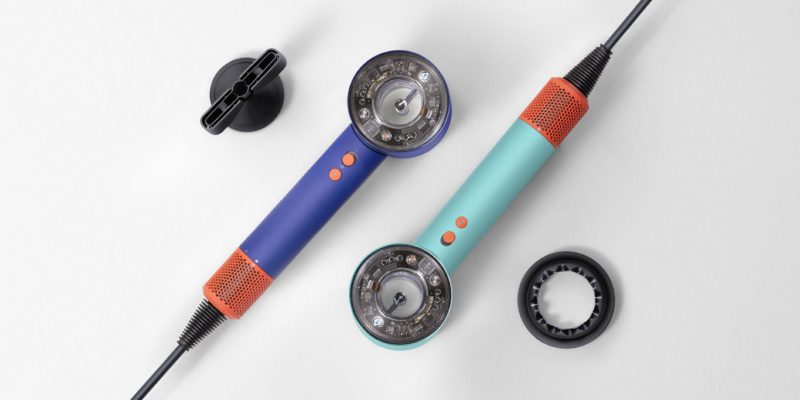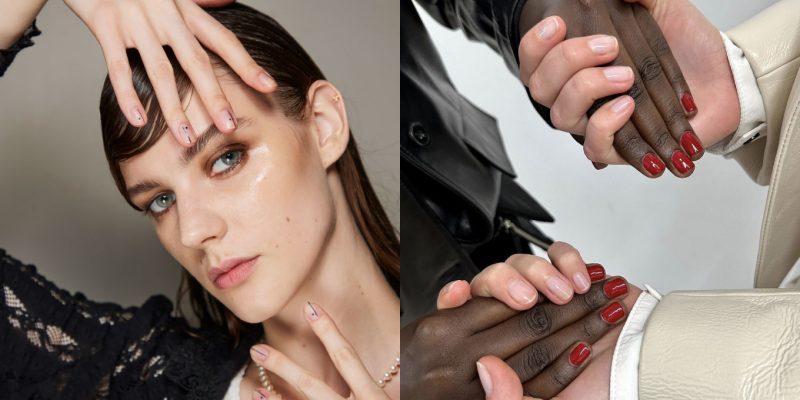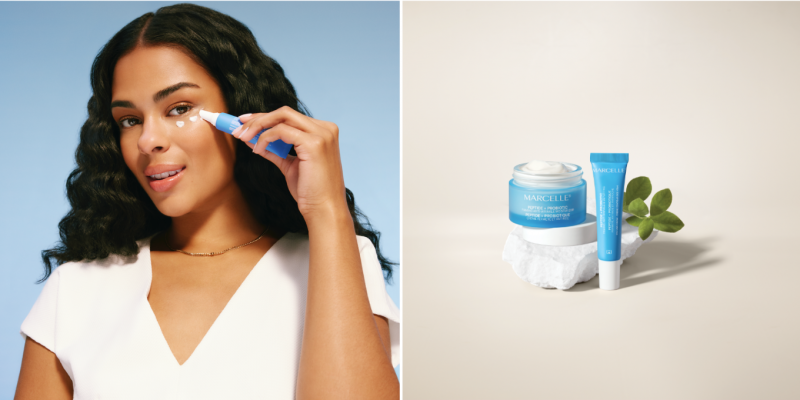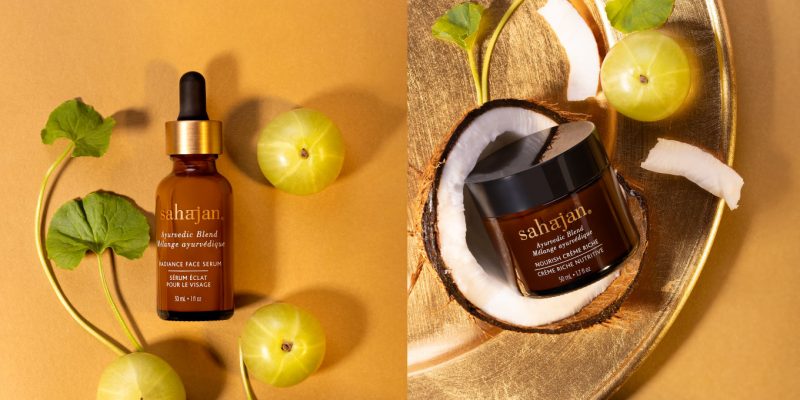Beauty
Romancing the sun
What does it take to have a healthy relationship with the sun?
by : Joan Harting Barham- May 11th, 2009

The sun is like the cutest guy in school: the golden-haired Adonis with a well-earned reputation as a heartbreaker. There’s that delicious warmth when he turns his smile on you, the heat when he touches your skin. You feel better, prettier, more worthy after spending time in his company. But you know that it’s not smart to be seduced, that you could get burned.
With the actual celestial sun, the best way to handle this sort of love/hate relationship is, of course, with sunscreen. And the current gold standard in sunscreens is full-spectrum (also called broad-spectrum) coverage. To fully understand what this means, you have to navigate the alphabet soup of UVA, UVB and SPF and a host of ingredients.
For instance, to appreciate Neutrogena’s broad-spectrum Helioplex sunscreens, you have to know that UVA rays are categorized as either short or long (which refers to their respective wavelengths) and that both types are damaging. You also have to know that avobenzone, one of the most powerful long-wave UVA filters, is notoriously photo-unstable — that is, it tends to degrade and lose efficacy when exposed to sunlight. Helioplex technology hinges on the discovery of a patented method of stabilizing
avobenzone and successfully combining it with the well-established UVB and short-wave UVA protection of oxybenzone. L’Oréal researchers have taken a slightly different tack with its recently developed Mexoryl XL filtering ingredient, which is found in Vichy Laboratoires’ Capital Soleil, Ombrelle and La Roche-Posay Anthelios products. Mexoryl XL by itself provides photo-stable protection against both UVA and UVB rays. In synergy with L’Oréal’s existing Mexoryl SX filter, Mexoryl XL delivers broad-spectrum protection along with enhanced UVA protection.
User-friendly sunscreens on the next page …
Check out the latest in sun protection in this slide show
Summer beauty SOS: Fix the mishaps now!

USER-FRIENDLY SUNSCREENS
Beyond the challenges of combining volatile active ingredients to deliver state-of-the-art protection, sunscreen chemists are always looking for ways to make their products more aesthetically pleasing to use in a variety of formats, such as creams, lotions, sprays and gels. “Today, product developers formulate a sunscreen as if they were creating a regular day cream because they want you to wear it every day,” says Loulwa Rahbani, a Montreal-based pharmacologist in charge of medical relations at La Roche-Posay Canada. “They work on sunscreen creams and lotions to make them moisturizing, typically with a glycerine base, and non-comedogenic. With a good sunscreen, you shouldn’t need a moisturizer.” Eventually, predicts Rahbani, there will be sunscreen products that meet all skin-care needs — with ranges aimed at those with sensitive, oily, normal or dry skin or those who prefer fragrance-free creams — and lines designed specifically for men.
And aesthetic considerations are certainly behind the Dry-Touch technology that Neutrogena has built into its Helioplex line. Based on a micronized silica powder, Dry-Touch promises to “instantly absorb extra sunscreen oils, leaving skin looking and feeling fresh, never shiny or greasy.”
The next wave of suncare is here, check it out on the next page …
Check out the latest in sun protection in this slide show.

THE NEXT WAVE
Who knows where the next sunscreen breakthrough will come from? Researchers around the world are investigating the sun-damage-deterring capabilities of everything from shallow-reef coral to caffeine to milkweed oil.
Dr. David E. Fisher, an oncologist and director of the Melanoma Program at Massachusetts General Hospital in Boston, has been studying the biology of tanning for the past several years — from a public health perspective. Given that malignant melanoma, the deadliest form of skin cancer, is closely
associated with the amount of pigment in a person’s skin, Fisher has been researching compounds or drugs that could trigger the production of melanin — and thereby darken human skin — without damaging and mutating DNA in the skin. Though not focused on the obvious cosmetic appeal of such substances — Insta-Tan, anyone? — Fisher does acknowledge “the protective effect of melanin against photo-damage in the skin: wrinkles and the drying and aging process that fair skin is much more prone to than darkly pigmented skin.”
Other experts are simply concentrating on increasing day in, day out sunscreen use. A professor of dermatology at Harvard Medical School, for example, has achieved positive results by sending daily 7 a.m. text messages to test subjects, reminding them to apply sunscreen.
The availability of these sunscreens is decidedly a boon to anyone who loves the sun but wants to avoid sun-induced skin aging and skin cancer. And, clearly, the development of improved UVA filters is good news. But, ironically, these advances make choosing the right sunscreen more complicated.
That’s because in North America, sunscreens carry a sun protection factor (SPF) that only applies to UVB coverage. There’s currently no measurement system, or labelling, to demonstrate a product’s UVA protection. In Europe, for example, sunscreens carry both an SPF and a persistent pigment darkening (PPD) number — with PPD quantifying the UVA coverage. In the United States, the U.S. Food and Drug Administration is in the process of assessing a four-star UVA rating system that Health Canada is also considering, among other options. But for now, consumers are left in the dark: They have to research ingredients to be certain of the kind, if not the degree, of coverage they’re getting.
Check out the latest in sun protection in this slide show.
Read more
Runway look: The nude lip
Summer lovin’ for your hair
Spring beauty trend: Short ‘dos
Newsletter
Join our mailing list for the latest and biggest in fashion trends, beauty, culture and celebrity.
Read Next

Beauty
Dyson Just Launched Its Most Intelligent Hair Dryer Yet
Get ready to upgrade your blowout game.
by : Lauren Knowles- Apr 25th, 2024

Fashion
Meredith Shaw and Penn Have Created a Plus-Size Summer Dress Collection That "Feels Like Candy"
Morning Show Host Meredith Shaw wants you to "see your summer" in this curated collection for sizes 14-32.
by : Allie Turner- Apr 25th, 2024

Culture
This University Elevates Women to New Professional Heights
You shouldn’t have to pause your life to move forward in your career.
by : ELLE Canada- Apr 16th, 2024




